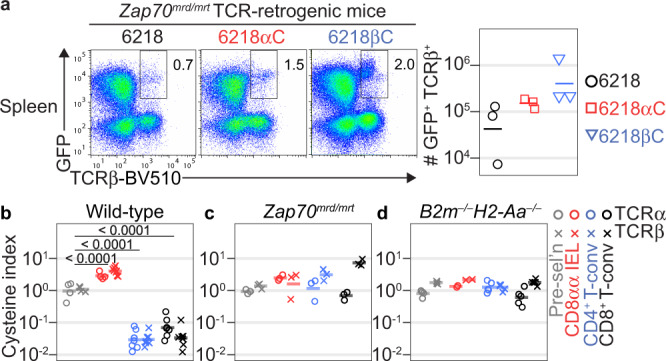Fig. 3. Role of Zap70 and MHC in cysteine-linked T cell fate skewing.

a Attenuation of TCR signaling disrupts the effect of a Cys-containing CDR3 on T cell fate. BM cells pooled from Zap70mrd/mrt mice (11 female and 9 male; aged 33-60 d) were transduced with retroviruses encoding GFP and the 6218, 6218αC or 6218βC TCR and then injected into irradiated male Zap70mrd/mrt mice. TCR-retrogenic mice were analysed on day 36 or 41 after transplantation (n = 3/group). Plots show splenocytes analysed for GFP/TCRβ phenotype with a gate for GFP+ TCRβ+ cells. Graph shows the absolute number of GFP+ TCRβ+ splenocytes with each symbol representing one mouse. b–d Differential Cys-containing CDR3 expression in polyclonal T cell subsets requires strong TCR signaling in response to pMHC ligands. Sorted pre-selection thymocytes, small intestinal CD8αα IEL, splenic CD4+ T-conv and splenic CD8+ T-conv populations were analysed by TCR sequencing. Graphs show the percentage of unique TCRα (circles) or TCRβ (crosses) sequences with Cys within 2 positions of the middle CDR3 amino acid (cysteine index) with each symbol on a graph representing a sample from one mouse. b Some of the data from wild-type mice has been published30 and is included here for comparison (n = 11; 6 females and 5 males, aged 45-113 d); c Data for Zap70mrd/mrt mice (n = 3 males aged 37–74 d). d Data for B2m–/–H2-Aa–/–mice (n = 1 female and 4 males aged 98–140 d). P values in b were determined using 2-way ANOVA with Sidak’s multiple comparisons test. Source data are provided as a Source Data file.
